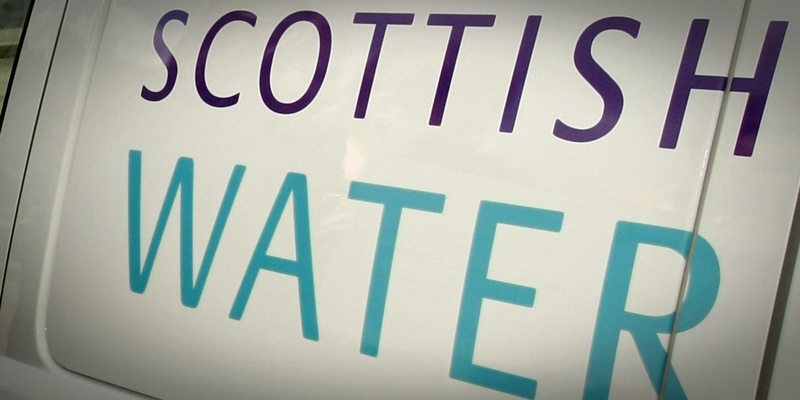Scottish Water says sites in Angus and Fife are being investigated for an ambitious £20 million hydro power generating scheme.
It will use the considerable flow in large water supply pipes to generate electricity and protect water treatment plants from power failures.
The work will reduce the power costs for water treatment by 10%, playing a key part of keeping Scottish Water’s operating expenditure down.
Water and waste water treatment is energy intensive and complex, with the majority of Scottish Water’s energy used in pumping water.
Even with the generally high raw water quality in Scotland, a lot of energy is required to treat water to meet the standards set out by the Drinking Water Quality Regulator and the Scottish Environment Protection Agency (SEPA).
More than 30 sites have been identified that could using techniques most commonly seen in hydro-electric schemes power the water treatment process in areas such as rural Lanarkshire, the Borders, Stirlingshire, Angus and Fife.
The schemes will make most use of existing Scottish Water buildings and also see the construction of some small buildings and electricity infrastructure to transfer the power from the point of generation back to the water treatment works where it is required.
Some of the electricity infrastructure will be ”off the grid” so any major power loss by the power companies would not affect the supply of water to customers.
Ian McMillan, who is leading the building programme for Scottish Water’s capital investment and delivery division, said: ”This is a key part of our climate change strategy and will substantially reduce our carbon footprint.
”We’re very excited about technology that offers the dual benefits of improved service for our customers and reduced operating costs.
”This is nothing new our asset base is already generating 5% of our power requirements across Scotland and the investment will double that output.
”We’ve identified a number of potential sites and these will be whittled down to the best 20 or so small hydro schemes.
”We have ministerial objectives which are aligned with a keen interest internally to invest with a view to reducing power costs.
”We are working closely with the national park authorities, community councils, power companies and planning officials to make sure these small hydro turbines have minimal effect on the landscape.
”Some of them will be situated in areas that are very remote so constructing them will require very diligent planning work on our part.”
